For the thirteenth instalment of our BEARS team member interview series we are featuring Isabella Vesely, a member of the BEARS 2019 team who somehow escaped the blog interview trolling net during the “lost” spring and summer of 2020. Isabella was a star undergraduate under the tutelage of Catherine Pratt at Western University when she was on the team in 2019. She’ll be starting an MA in Art History at the University of Toronto in September 2021 and we’re very excited that she’ll be back with the team in summer 2022! In addition to her archaeological and academic acumen, Isabella is a gifted studio artist – you may remember her bears/BEARS drawings from the end of the 2019 season and she also did some technical drawing for the project that year, too. Read all about her experiences and what it is like to have so many talents in our interview below!
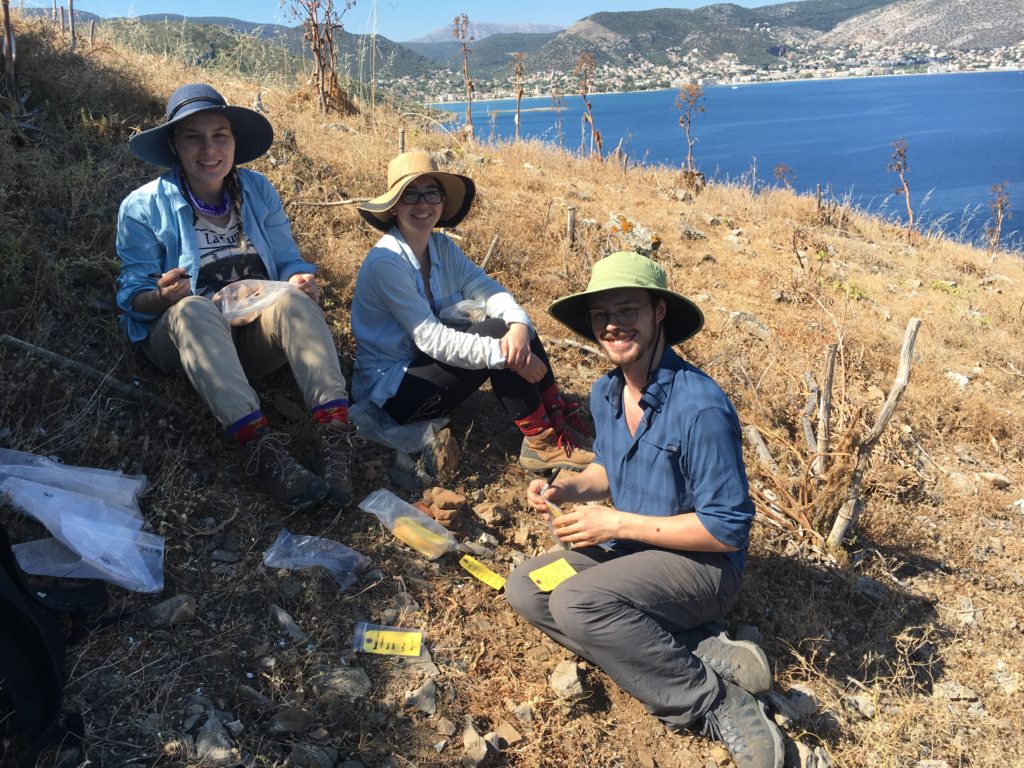
SCM: Let’s start by talking about how you got interested in Greek archaeology and why you decided that this was something that you wanted to spend at least part of your life doing.
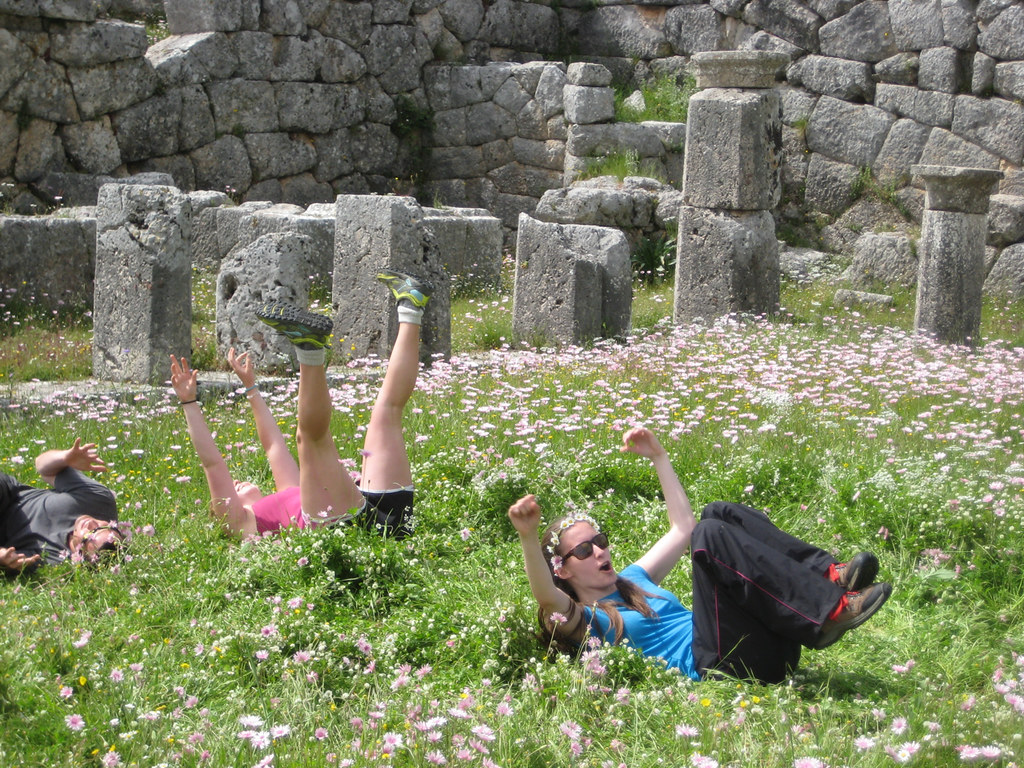
Over the past year, being out of school and having everything turned on its head made me realize that I wanted to continue doing what I had been doing before. Having a year off to reflect was good, because initially I did not want to do a master’s degree. But this year reaffirmed what I wanted to do.
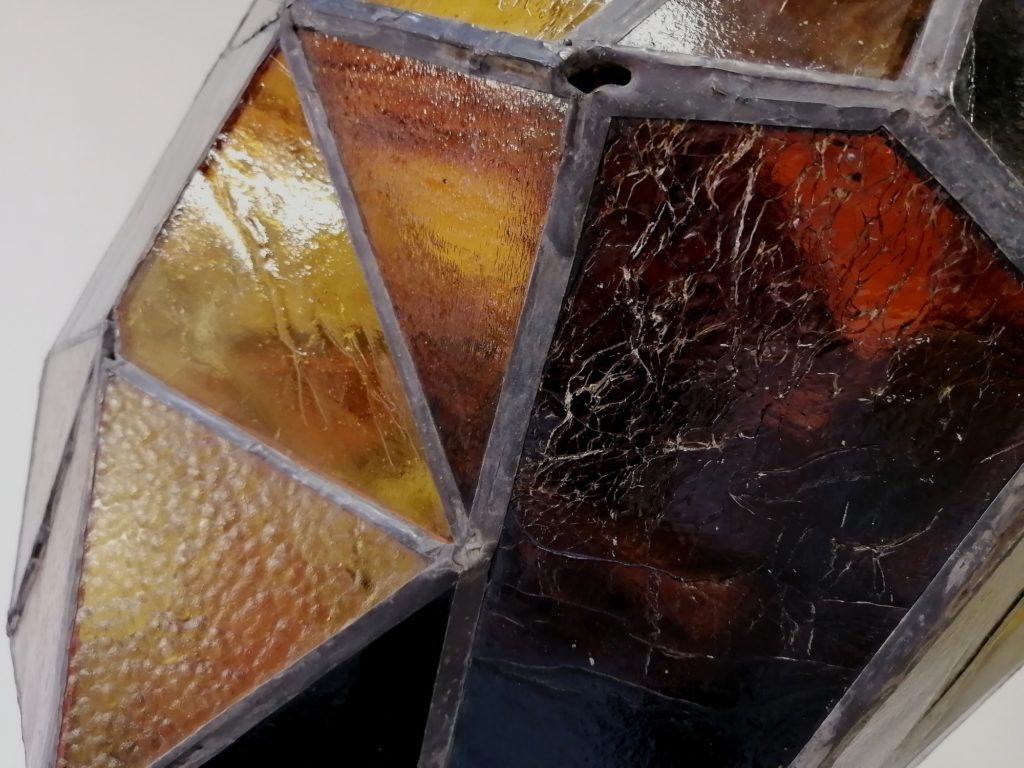
SCM: Oh, yeah, super cool! I saw the photo because Cat used it as the cover for a talk she gave for Toronto last year. I wish I knew how to make things; I can draw a little but mostly I am a terrible artist, but I admire talented artists a lot.
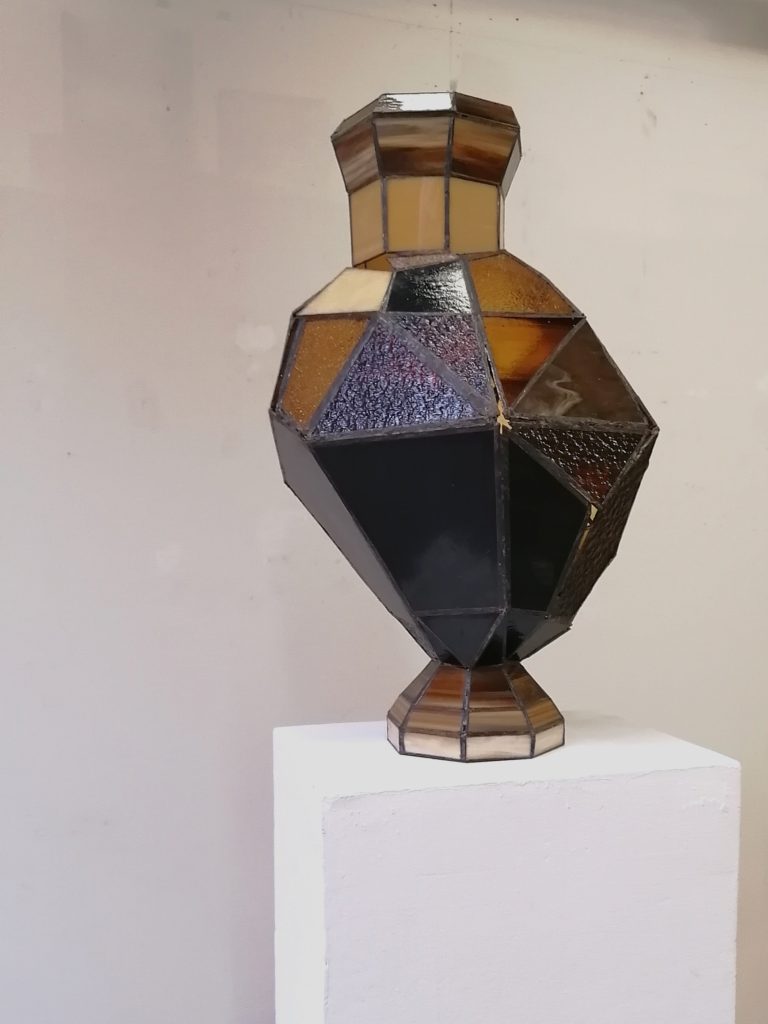
Okay, so you are about to start in the MA program at Toronto. What kinds of research interests do you have and what kind of topics do you hope to investigate?
IV: I’m very interested in craftspeople, and bringing in this thing I mentioned before about art and environment and natural materials. I want to think more about the experience of being a craftsperson – where do you source your materials, what does your immediate studio environment look like, different techniques, and that kind of thing. The general theme I guess is the relationship between people who make things and their environments, and bringing something about identity into it too: how a person’s identity as a craftsperson fits in with different social roles or identities, and how those things combine to form a three-dimensional persona in the world.
SCM: Very cool! I have been sort of moving in that direction lately too – craftspeople are infinitely wonderful people to think about. It’s a good moment to work on this lately, because the field has taken an interest not just in rich consumers and patrons but also the nature of craft production and the complexity of the people that did the making. It’s a good fit for the MACS program too, in a lot of ways. I’m excited to see what you come up with over the next two years! What drew you to Toronto in terms of a grad program?
IV: Actually, it was Carl Knappett who sold it to me when I was working at Palaikastro. I was there for about a month around the time that the program was being inaugurated, and he had a lot of positive things to say about it. And he was right – it is a cool program. Coming from a background of Classics, Anthro, and Art (I had three undergrad majors), it’s hard to find a program that joins all those departments, so it is a great fit for me. I do want to maintain a connection to all three of those in my research and what I do going forward, and there are not so many places where one can pursue such a diverse course of study at the grad level. U of T has a great reputation…I’m excited about all the events and guest lectures…I like that there is an option to do the MA and then continue into the PhD easily…. lots of stuff!
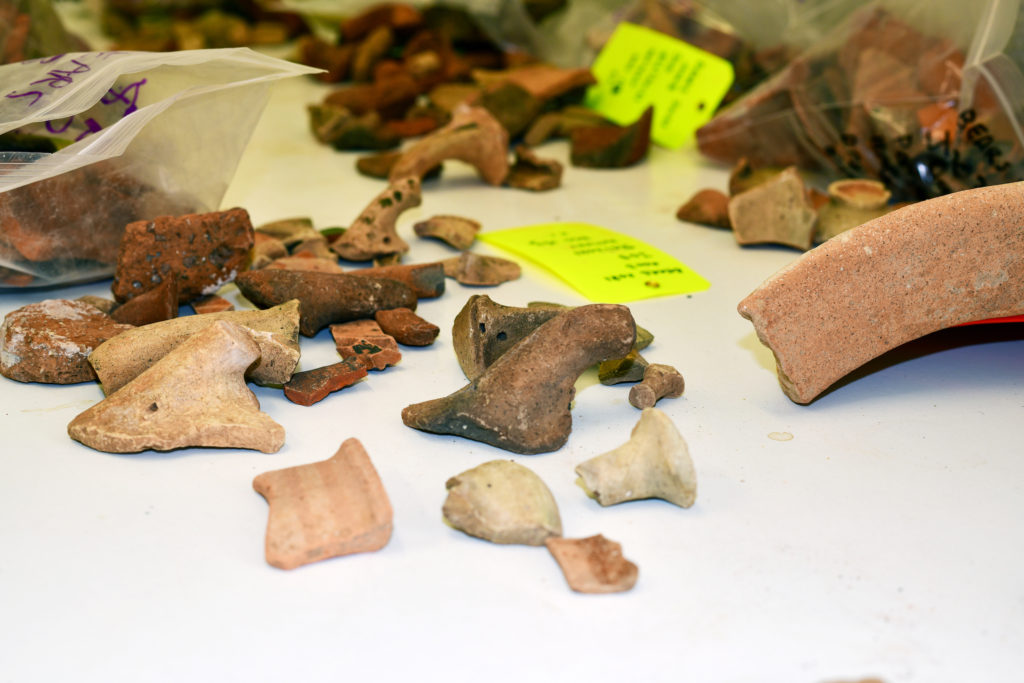
SCM: It seems like a good fit indeed – also you are correct that Carl is a great salesperson. That is not to be underestimated. So, tell me about your work in the field – you’ve worked at the Agora and Palaikastro, and BEARS; what kinds of experiences have you had and what your impressions of archaeological fieldwork have been?
IV: Well, Cat has been the main person whose set me up with fieldwork, which I am grateful for! She invited me and Cassandra to come assist her with her work in the Agora. We were looking at Archaic transport amphoras and coarsewares from the old excavations in the Agora as a means to gaining more insight into commodity transportation and different trade networks in that period. I did that for two seasons – the first season was mostly looking at sherds, cataloguing them, going through old notebooks to try to figure out where they came from and the circumstances of their excavation back in 1915 or 1960 or whenever. We spent a lot of time trying to read these old notes so we could figure out where things were in the archive, which was fun. The second year was after I learned how to do illustration, so I took on that role and I drew everything that we found while Cassandra did more of the data entry stuff. We spent a month in Palaikastro on Crete after the first year in the Agora. There was supposed to be an excavation but that did not pan out, so we ended up doing a study season, which was great too. I did a lot of drawing there, too. I mentioned that I had experience as an artist, and that I could help with drawing, and Carl said, “well, it’s not really artistic drawing.” But I insisted that I wanted to try, and he let me take a shot at it, and I ended up drawing basically everything. So, I’ve been doing a lot of drawing since then, for Cat, and Carl, and in 2019 for BEARS. I suppose the main thing I took away from the PK thing was illustration, but we did other stuff…I can’t remember what that was right now!
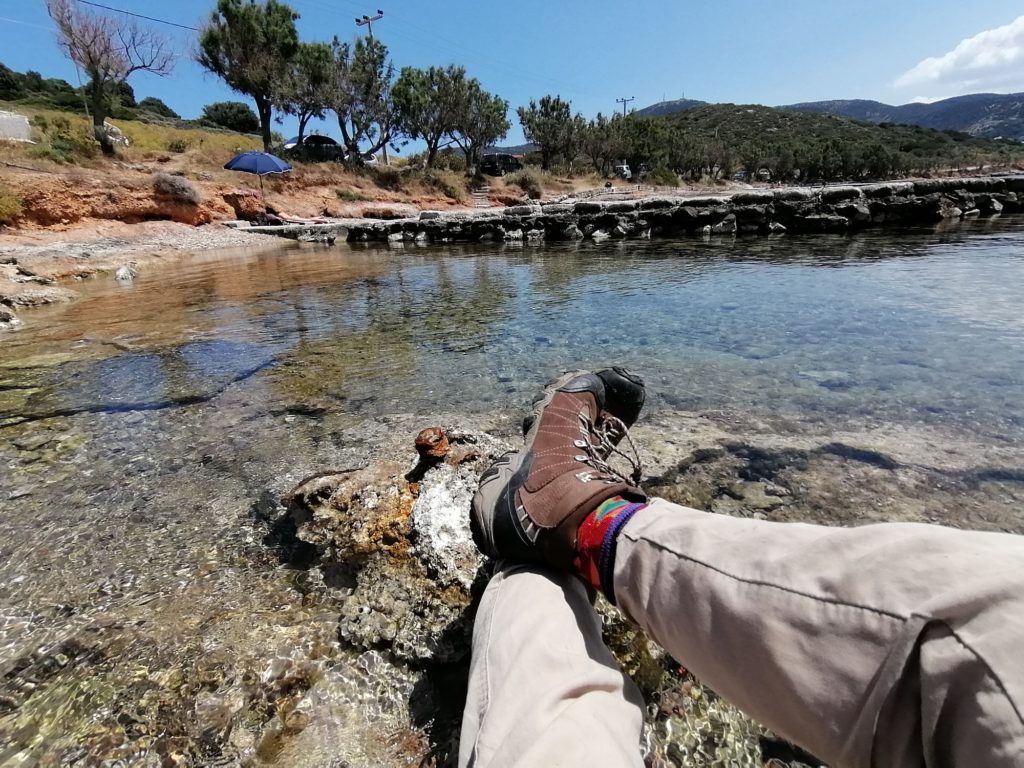
SCM: Who can remember anything from the pre-pandemic world? Such a hazy and distant land! I’ve never tried to draw pottery – tell me, is there something that distinguishes drawing pottery from other kinds of drawing? What is interesting or enjoyable about it from your point of view as someone who does lots of art.
IV: Well, essentially it’s just technical drawing. It’s very simplified and pared down. In my art practice, I am not much of a drawer – I’m more sculpture-based. But I like being able to draw something and not have to put all the artistic energy into it, but still being embedded in doing art. The main task is to draw the profile of the shape accurately, so if it’s a bowl it’s just a curve, ultimately with some shading or some surface detail depending on the object. I like how simple it is – you have to take this complex object and distill it just to the important information that you need. It has to be to scale, too, which is fun – I don’t know why, but I like drawing to scale. I suppose the technical aspect of it is very pleasant to me.
SCM: Sounds very Zen I suppose!
IV: Yeah!

SCM: I can imagine that when you are making artistic art there is a lot of creative energy and maybe even emotional energy that goes into it; but with technical drawing it’s more like you have a task in front of you and you know what to do and you do it.
IV: Exactly – when I draw I just have headphones on all day and barely have to think about anything except for drawing. The normal next step is that you trace the drawing from the grid paper, which you use to get the scale right, onto a nice tracing paper and use a sharpie or a marker to ink it. But now mostly people just go straight to the digital inking step, using Adobe Illustrator or some other program. That part is more time consuming than the drawing, which most people don’t realize!
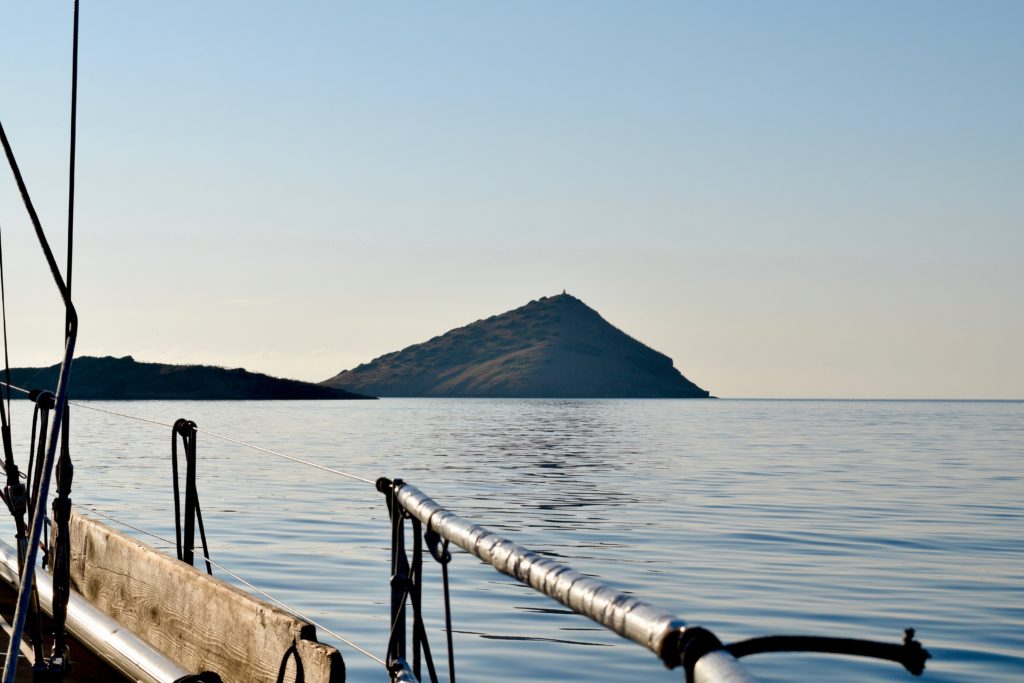
SCM: Interesting – I would not have guessed! Now, in additional to your experiences in the Agora and PK, you worked with us on the BEARS project for two weeks in 2019. Survey archaeology is a little different than lab research…what did you think about the work in the field in Porto Rafti?
IV: Maybe it was because there were more people around, but it seemed VERY exciting right off the bat, as opposed to our other projects, which were more low key. It was a whole different vibe: we had a whole team, and a whole big area to research…I started off the very first day going out to the island on the boat, and as soon as we got there we started finding soooo much material. There was so much momentum right out of the starting gate, it was exciting. The fieldwork was very different of course, vs. being inside studying. There is more connection to the land and the sites when you’re out there in the field and physically negotiating the space from which the artifacts come, rather than just trying to understand artifacts divorced from the physical context. I had a great time! The thing that I always remember and love to tell people about is when we were doing our collection on the island, and you’d kick a bush over, and then you would find 3,000-year old pottery with paint on it in pristine condition – just under this bush! It was amazing!
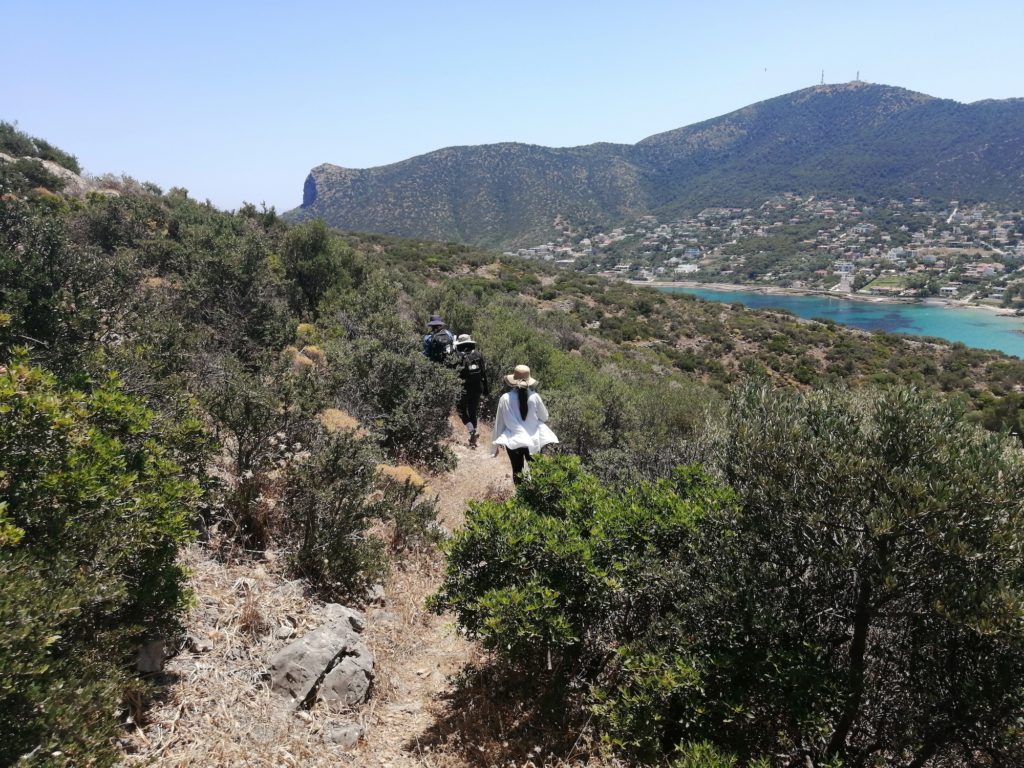
SCM: Yeah, Raftis was crazy! This was sort of shocking and unexpected as a first day of survey for a brand-new project! Usually the first day you just sort of mosey around and map something…. but on BEARS it was just – BOOM – first hour, first day, painted Mycenaean sherds all in your face!
IV: Yeah, but you know I liked doing the mapping too! Later in the season and I was working on Koroni setting up grid squares. That was satisfying too – I grew up doing a lot of hiking when I was little, you know, the photos of the baby in the little carrier and parents out in the forest…so I love hiking! And working on Koroni was a lot like hiking, clambering around on rocks and stuff. I hope in the future to get more into the imaging stuff, too, which I am interested in.
SCM: Nice, there will be lots of that in 2022! We have lots of hiking and mapping and imaging that will happen in the future, so don’t worry. And that is honestly more of a core type of survey activity. BEARS is weird because we have these bonanza sites and you end up staring at the ground. Usually survey is more like a kind of scientific hiking. What did you think about Porto Rafti?
IV: It was different from both Palaikastro and Athens. Maybe more on the PK side of things, in terms of being a place people visit to swim, although with fewer visitors from abroad. It seemed to have a very Greek vibe. Since we were only there and working for two weeks and we were living a little outside of the downtown, I felt like we did not get a chance to explore it too much. I will be excited to get to know more of the town in the future. It is very beautiful there!
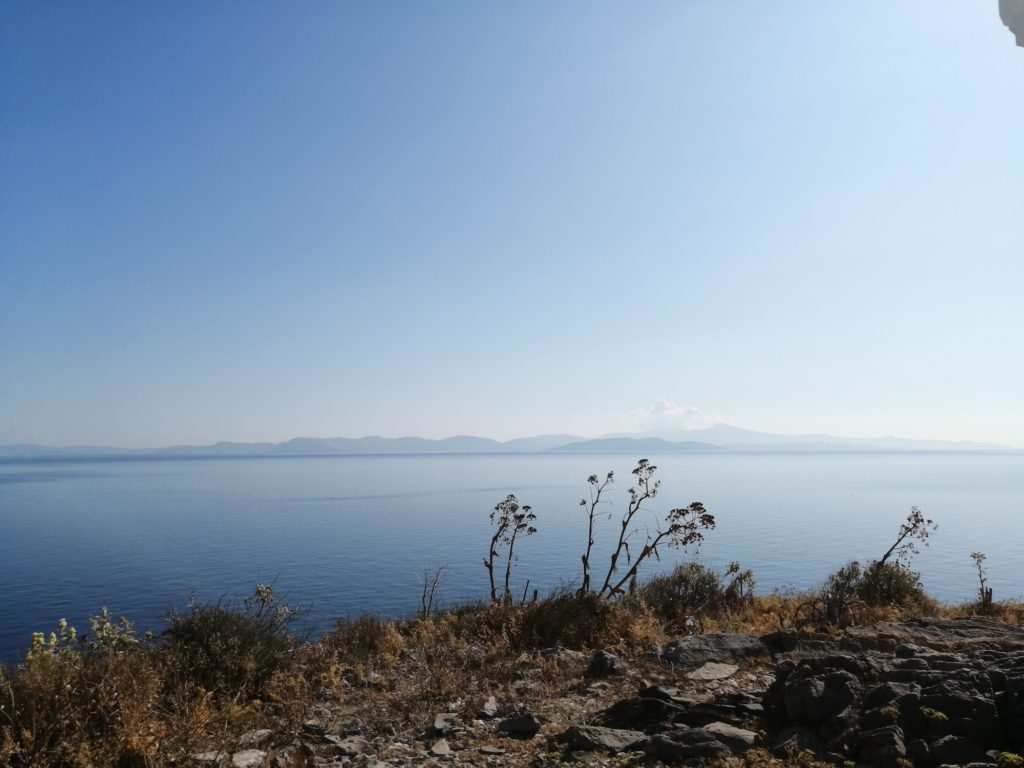
SCM: Porto Rafti takes a while to get to know – It took me awhile to really form an opinion about Porto Rafti, but I’m learning to love it! I will look forward to hearing your further impressions after some more time there. So, speaking of the future, what are you looking forward to the most about getting back out to Greece and getting out into the field?
IV: I ran out of my Greek olive oil recently, and that was very sad!
SCM: That is a sad moment! Sad for cooking and sad symbolically.
IV: It was a big jug too! It is surprisingly hard to find Greek olive oil here, the Italians really rule the market.
SCM: I once read a big exposé kind of story about how this is actually a weird situation where Italian companies buy Greek olive oil from independent producers for cheap, then repackage it and sell it as Italian oil because they are shrewder/more ruthless businesspeople or something.

IV: Maybe! I guess the fieldwork is my favorite part. Athens is nice, but it’s just a city. What I really miss is the fieldwork itself rather than Greece as a destination. The pace of life is so different in the field, especially compared to being in school. To be in a different environment, spending more time outside and getting to interact with objects and artifacts rather than just reading all day, as a way of familiarizing yourself and learning more, is much more enjoyable for me than just traditional research. It’s not a vacation, obviously, but it’s such a departure from the normal routine. It’s very refreshing to have that kind of experience for a month or so. I really just want to get back out into the field.
SCM: Totally agree! Being outside and doing real things all the time is somehow more satisfying than going inside your brain and thinking about abstract stuff. Well, that’s pretty much all of the questions I had; anything else that you want to share with the BEARS blog readership?
IV: I had another fieldwork experience in Canada that might be interesting to share. I took a mortuary archaeology class at Western, and we did ground penetrating radar and magnetometry in the peripheral sections of a cemetery, where unmarked graves were supposed to be. The point was to expand knowledge of the area and about the history of burial practices around London, Ontario, but also to perhaps start identifying some of the areas that could benefit from excavation. That was pretty cool and a different experience from what we did in Greece – we did a publication too.
SCM: Wow, what a cool experience – that will definitely be useful in your career going forward too: there are so many kinds of methodologies and approaches in archaeology! It’s hard to learn ‘em all, like trying to catch all the Pokemons or whatever! Maybe we’ll eventually do some subsurface investigations in Porto Raft someday and you can help us out with that!
For now enjoy the rest of your summer – and thanks for talking to the BEARS blog! We look forward to having you back on the team in 2022.
